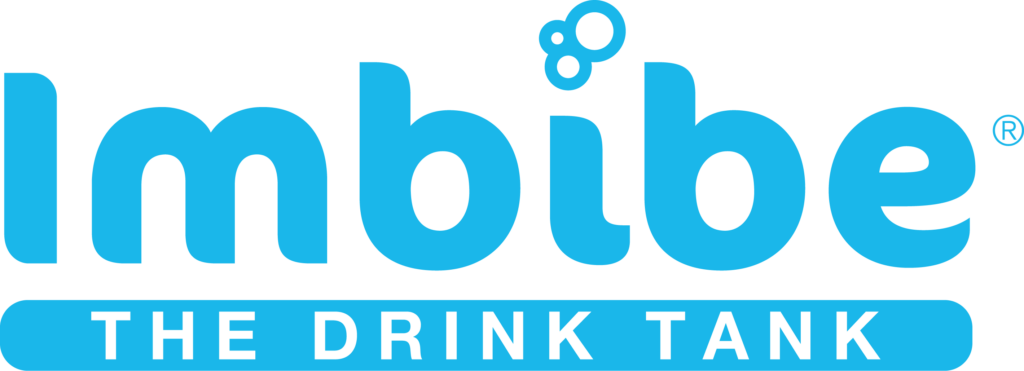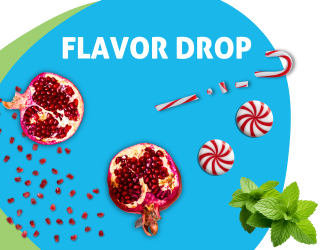The complexities of food and beverage systems and the many variables inherently outside of human control. While sleepless nights at plant trials and start-ups are painful, they allow one to fully appreciate the risks of bringing innovation to market, and motivate one to develop and refine effective strategies to reduce those risks early in a project.
Have a Plan
Creating and managing a project timeline is something everyone knows they should do but, all too often, falls by the wayside. Even on projects with a timeline, many teams fail to critically examine their new product offering and end up with a project plan that does not adequately address all the risks involved in bringing it to market.
A key first step in developing an effective project timeline is to assemble an experienced cross-functional team to analyze the details of the product (raw materials, formula, process, package, distribution, etc.), and identify and prioritize all potential failure modes. While there are a number of recommended processes and tools to support this exercise, simply getting a knowledgeable group of people in a room for a few hours to brainstorm what could go wrong will put you ahead of the game.
With that prioritized list of risks, the project team should develop a test plan to address as many of them as possible as early as possible. It’s likely a company won’t have time to address all the potential problems, so it should focus on those with the highest likelihood of occurrence and those with the worst potential consequences (i.e., food safety issues and possible recall).
Read full article on Natural Products Insider.



